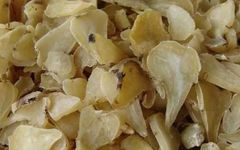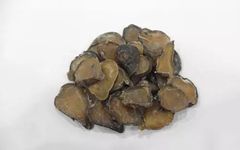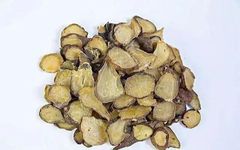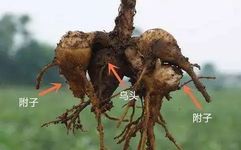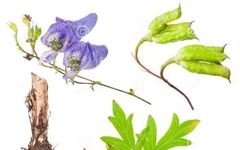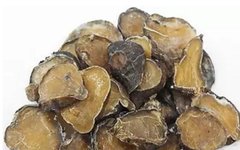The Efficacy and Uses of Aconite: Precautions for Consumption
Aconite (Fu Zi) is a functional medicinal herb, also commonly known as Cao Wu, Wu Yao, Yan Wu Tou, E Er Hua, Tie Hua, and Wu Du. Aconite primarily grows in warm, humid, and sunny environments, thriving in deep, fertile, loose, well-drained soils rich in humus. It is typically found in mountainous grass slopes or … Read more

